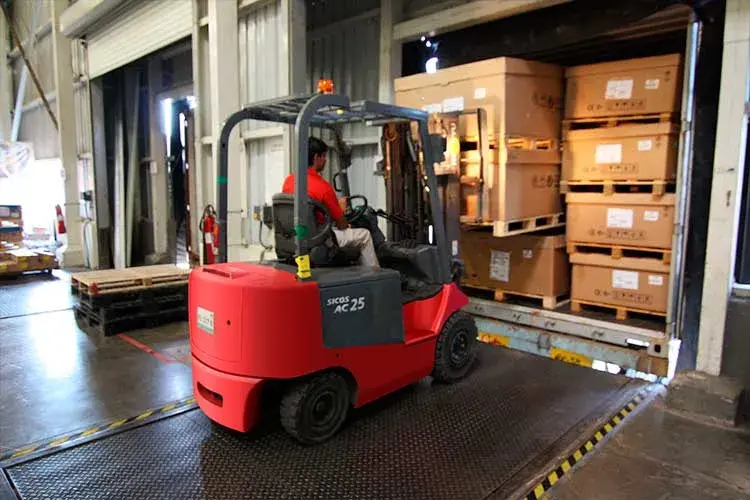Do you know what stowage is?
We suppose so. But we are also going to tell you some facts to take into account in relation to this issue and the controversy that is triggering the new regulations in the sector. Stowage is the placement and distribution of goods in a cargo transport unit, whether it is a container, a truck box or a transport vehicle.

Around this definition appear other terms that are essential to know in order to understand it. Fastening or trimming is the set of techniques designed to prevent the movement of such goods during transport. And responsibilities that someone must assume. In these cases, the company that prepares the goods in packaging is responsible, and it is incumbent on it to choose the best and most suitable packaging for each type of transport. This responsibility will only change when the service of stowage and proper securing of the load has been expressly contracted with a logistics operator.
Legislation on stowage
Until very recently, there was no regulation on how to secure cargo on a truck. The only reference we could find was in the General Traffic Regulations. (RD 1428/2003) Art14. and only mentioned “the load must be securely fastened“.
Since June 2017, RD 563/2017, being a European transposition, attempts have been made to accommodate these shortcomings. It entered into force on 20 May 2018 and covers the following points:
- It regulates the technical inspections to be carried out on commercial vehicles in Spain.
- In Annex III it lays down a number of technical standards which must be applied to the fixing of lorry loads. It specifies and regulates, inter alia, the minimum number of moorings to be placed, the mooring capacity, and who is liable in the event of an accident according to certain circumstances.
Controversy over the new rules on stowage that assigns responsibility for infringements to the driver
Fetransa wanted to register its concern about the extent to which the new regulation contradicts the transport legislation, which assigns responsibility for loading the goods into the vehicle to the loading company and not to the driver, as the new regulation attributes.
Among other things, it has recommended that prior training in this subject be included in both initial and continuing training. It would thus make it possible, in part, to raise the driver’s awareness and enable him to some extent to comply with the standard without the risk of misinterpretation.
Do you need anything else…?
Sometimes we need the unwritten. If we can answer your questions about our services, please contact us and we will get back to you as soon as we can!
Don’t forget to check the collective transport agreement for more details on working conditions.
Budget
If you are here, it is because you need a freight forwarding service and we are sure we can do it!
Request your quote in less than 3 minutes with just one click.